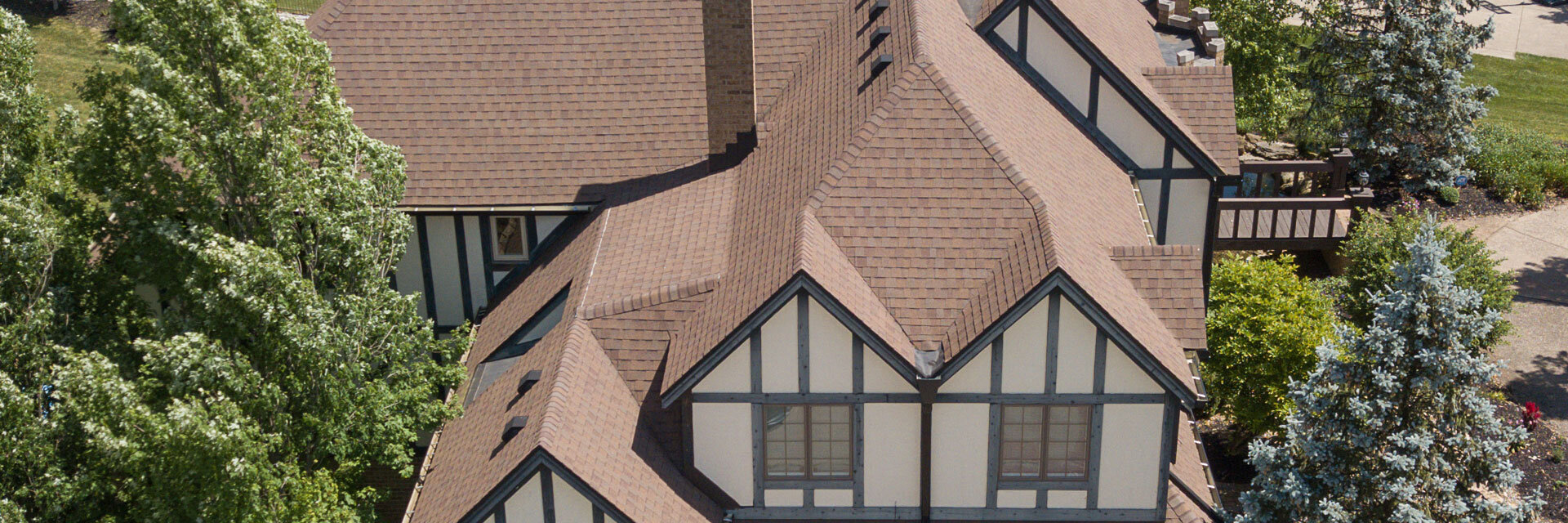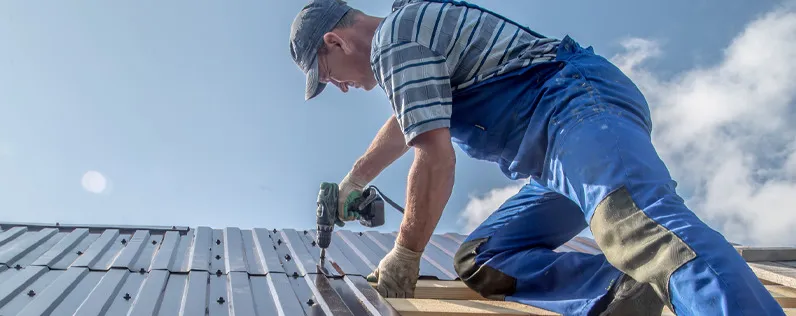A roofing system serves as the first line of defense for any home or building, shielding it from the elements. However, weather conditions can significantly affect the longevity and performance of a roof. From extreme heat to heavy snowfall, each type of weather presents unique challenges that homeowners must consider to maintain their roof’s integrity. Understanding how weather impacts roofing materials can help in preventing costly repairs and ensuring long-term protection for a home.

The Effects of Sun and Heat
Prolonged exposure to the sun can have a severe impact on roofing materials, particularly in regions with high temperatures. The intense heat can cause roofing materials to expand, which may lead to cracks, warping, or even deterioration over time. Asphalt shingles, for instance, may become brittle due to prolonged UV radiation, reducing their effectiveness in protecting a home. Metal roofing, while more durable, can also experience thermal expansion, which may result in fasteners loosening over time.
Aside from the structural damage, excessive heat can also affect energy efficiency. A poorly insulated roof may allow heat to seep into the home, increasing indoor temperatures and causing air conditioning systems to work harder. Choosing reflective roofing materials or installing adequate insulation can help mitigate heat-related damage and improve energy efficiency.
The Impact of Heavy Rain and Moisture
Rain is one of the most common weather conditions that a roofing system must endure. Over time, continuous exposure to moisture can weaken roofing materials, leading to leaks, mold growth, and structural damage. If water penetrates beneath shingles or roofing layers, it can cause rot in wooden structures, compromising the integrity of the roof.
Flat roofs are particularly susceptible to water pooling, which can accelerate wear and tear if proper drainage systems are not in place. Gutters and downspouts play a crucial role in directing water away from the roof and foundation, so ensuring they remain free from debris is essential in preventing water-related damage.
The Threat of Snow and Ice
In colder climates, snow and ice can put significant stress on a roofing system. The weight of accumulated snow can exceed a roof’s load-bearing capacity, leading to sagging or even collapse in extreme cases. Additionally, ice dams can form when snow melts and refreezes near the roof’s edges, creating a barrier that prevents water from properly draining. This trapped water can seep under shingles, leading to leaks and interior damage.
Proper insulation and ventilation can help prevent ice dams by maintaining a consistent roof temperature. Roof raking and timely snow removal can also reduce the risk of excessive snow accumulation, preventing potential structural damage.

The Dangers of High Winds and Storms
Strong winds and storms pose another significant threat to roofing systems. High winds can lift and loosen shingles, exposing the underlying structure to water damage. In extreme cases, entire sections of roofing materials may be torn away, leaving a home vulnerable to leaks and further deterioration.
Storms that bring hail can cause additional damage, as hailstones can create dents or fractures in roofing materials. The severity of hail damage depends on the size and impact of the hail, but even minor dents can weaken the protective barrier of the roof over time.
To minimize the risk of wind and storm damage, homeowners should conduct regular roof inspections and replace any loose or missing shingles. Investing in impact-resistant roofing materials can also provide added durability in storm-prone regions.
The Role of Seasonal Changes
Beyond specific weather events, seasonal changes can also affect the overall condition of a roof. In regions where temperatures fluctuate dramatically between seasons, roofing materials expand and contract frequently, leading to wear and tear over time. The freeze-thaw cycle can be particularly damaging, as trapped water within cracks expands when frozen, worsening existing damage.
Seasonal maintenance, such as clearing gutters before the winter and inspecting for damage after extreme weather, can help identify potential issues before they escalate. Preventative maintenance plays a crucial role in extending the lifespan of a roofing system and ensuring that it remains resilient against changing weather patterns.
